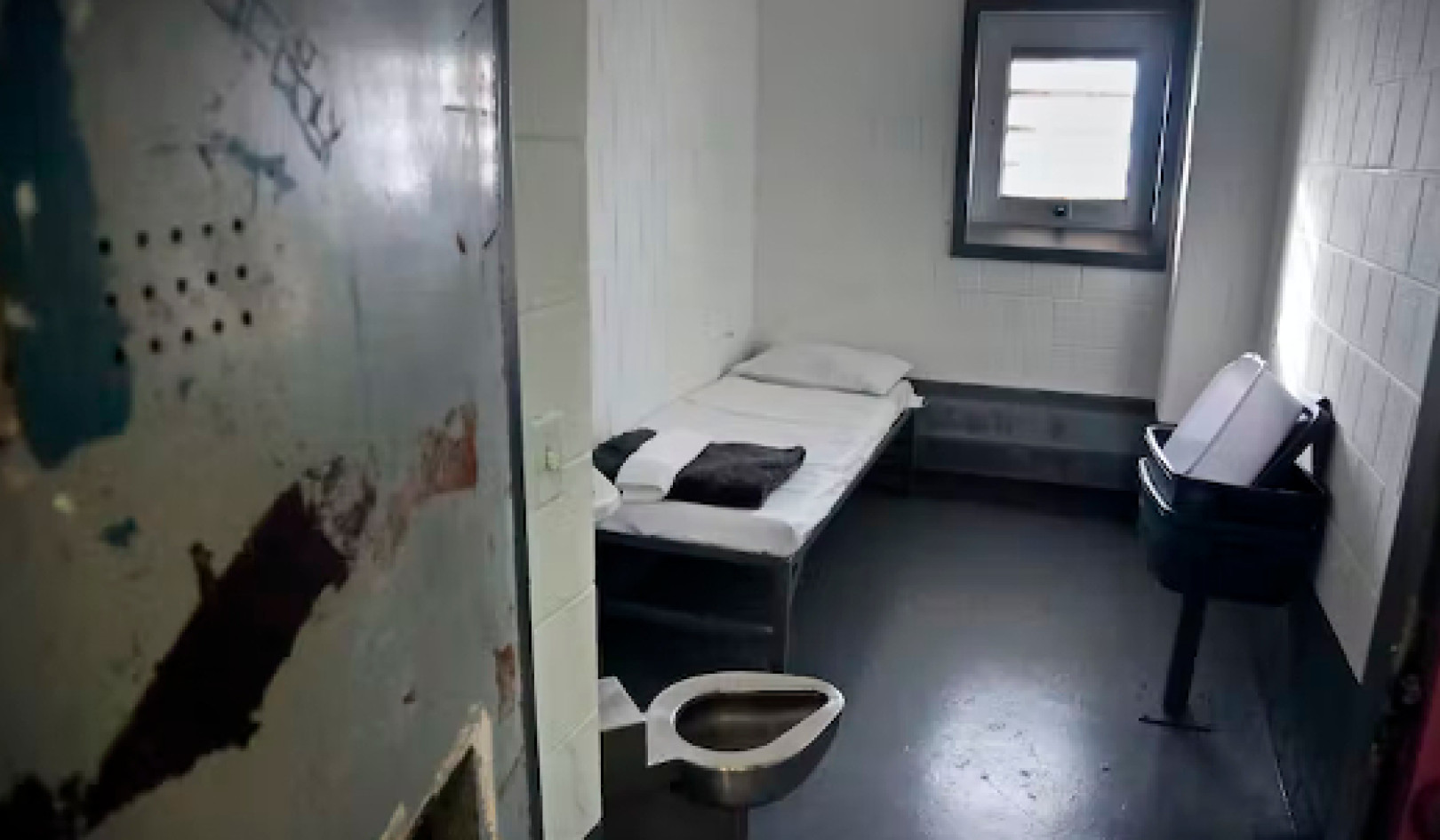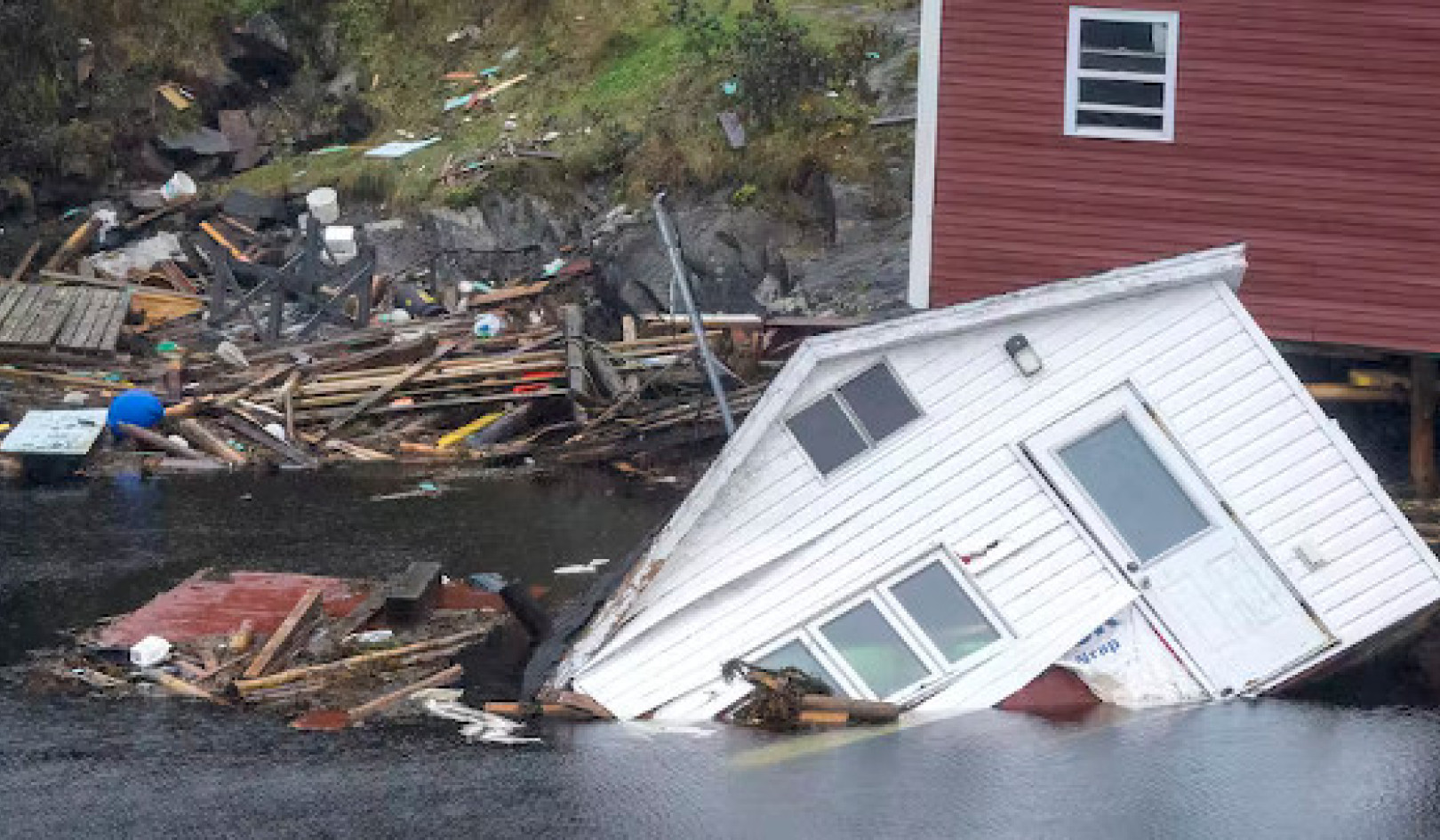
 oxic chemicals have become so pervasive in our society that trying to decide exactly where to begin and what treatments to undertake for these xenobiotics — that is, chemicals foreign to the body — can feel rather overwhelming. However, several significant measures can considerably reduce a person’s xenobiotic load and initiate effective drainage and detoxification in the body. These holistic steps can help reduce or eliminate current symptoms, as well as reduce the risk for future degenerative disease.
oxic chemicals have become so pervasive in our society that trying to decide exactly where to begin and what treatments to undertake for these xenobiotics — that is, chemicals foreign to the body — can feel rather overwhelming. However, several significant measures can considerably reduce a person’s xenobiotic load and initiate effective drainage and detoxification in the body. These holistic steps can help reduce or eliminate current symptoms, as well as reduce the risk for future degenerative disease.
Avoidance of Toxic Environments & Chemicals
If an individual is very ill and works in a toxic environment, transferring to another job site or even quitting may be options to consider. Some employers offer work-at-home opportunities that can both reduce the financial burden of possible workers’ compensation payments and provide the employee with a safe means of earning income. Likewise, if someone lives in a new, remodeled, or mobile home that is extremely toxic, moving out is invariably cheaper than trying to replace most of the building materials with nontoxic alternatives, not to mention the savings on medical bills. An excellent solution is to find an older home, built prior to the 1950s or 1960s — but make sure that it is free of asbestos.
Similarly, parents of a child in a toxic school building may want to consider transferring their child to a different school if they meet resistance in talking to teachers and administrators about nontoxic chemicals and installing windows that open.
In regard to new cars, the answer is easy — don’t buy one. In fact, the Tappet Brothers (Tom and Ray Magliozzi) of National Public Radio’s Car Talk would wholeheartedly agree based on the great financial loss that occurs simply after driving off the dealer’s lot! Furthermore, individuals can still enjoy a late-model car by buying one that is six months to one year old, after it has off-gassed enough to be reasonably nontoxic. If individuals are very ill or extremely sensitive, however, they often choose to purchase a much older car with a cloth (not vinyl or treated leather) interior and with more metal than plastic surfaces.
Ventilation and Protection from Toxic Chemicals
Open windows, fans, and air filters can be helpful in clearing out chemical vapors, molds, dust, and other contaminants. After the installation of a new carpet or building a new addition on a house, one to two weeks of keeping windows open and 24-hour air filtration can greatly mitigate chemical off-gassing. In a new car, using an air filter that plugs into the cigarette lighter and driving with the windows down (in non-polluted areas) for several weeks can help dispel toxic fumes.
Ventilation measures are more difficult in the workplace, especially if other workers don’t experience any stress from — or at least don’t equate their symptoms with — the toxic work environment. Conservative relief options include placing an air filter next to your desk, working near an open window (if there is one), and taking more frequent breaks outside in lieu of a longer lunch period.
Masks, protective suits, safety goggles, and other protective gear are often required in industry, mining, construction, laboratories, and other occupations that are recognized as exceptionally toxic and hazardous. However, when you are employed at these toxic or potentially toxic sites, it is important to conduct your own research and not simply trust the company’s safety requirements or recommendations. Many of the industry guidelines are based on risk assessments — that is, the probability of harm. Furthermore, these guidelines originate from governmental regulatory agencies where bureaucratic and political influences greatly affect the final published safety recommendations. Additionally, the company considers the financial impact of cleanup and health-care costs, and not simply the well-being of the workers. Often many of the safety requirements for workers are based on standards of toxicity far below those recommended through independent laboratory evaluations. In fact, James Huff, a senior researcher at the National Institute of Environmental Health Sciences, has commented:
This whole risk-assessment process is not science... Europe and Canada and the United States are miles apart as to what we think is the safe level for dioxin, and we’re all supposed to be using risk assessment.
Therefore, painters, chemists, miners, factory workers, manicurists, and other workers who labor in seriously toxic environments should research and acquire the most effective masks, goggles, and protective clothing possible. The savings in money spent on medical bills and the possible loss of income from taking too many sick days — or worse, disability — as well as the improved quality of life (and hopefully a longer life) are well worth the money expended for top-quality equipment.
 Prevention: Using Toxic-Free Materials & Products
Prevention: Using Toxic-Free Materials & Products
Fortunately there are currently numerous resources for nontoxic construction materials and furnishings for individuals who are planning to build a new house or addition. Although these cleaner materials can add an estimated 10 to 20 percent or more to the overall building costs, the enhanced quality of life in a nontoxic environment and mitigating the possibility of future health-care costs from chemically induced illnesses are well worth the investment.
The magazine Natural Home is one of the best resources for locating the most current environmentally friendly and nontoxic products and materials needed to remodel or build. Additionally, Mary Cordaro, a healthy home consultant and certified Bau-biologist,is an excellent guide and teacher in helping individuals transform their home into a less toxic environment. For more than twenty years, she has specialized in the diagnosis of sick building syndrome and in building and remodeling healthy, green homes. Mary often keeps it simple for her clients by starting with the most essential room in the house — the bedroom. For example, she advocates first simply unplugging as much as possible, replacing the bedding with organic, hypoallergenic materials, and then, as you can afford it, replacing the mattress and remodeling as needed. She also has excellent advice on reducing indoor air pollution in your home, tips for traveling in airplanes and hotels, and information about the dangers of cell phones and cell towers on her website, http://www.marycordaro.com/learn/
 This articles has been adapted from the book:
This articles has been adapted from the book:
Radical Medicine: Cutting-Edge Natural Therapies That Treat the Root Causes of Disease
by Louisa L. Williams. ©2011
Reprinted with permission of the publisher, Healing Arts Press, a division of Inner Traditions International. www.innertraditions.com. ©2011.
CLICK HERE for more info or to order this book on Amazon.
About the Author
 Louisa L. Williams, M.S., D.C., N.D., received her doctoral training in naturopathic medicine from Bastyr University. She also holds a master’s degree in psychology and a degree in chiropractic. In 1984 she founded the Seattle Health Clinic, which specializes in environmental medicine and detoxification. She now lives and practices naturopathic medicine in Marin County, California. Visit her at: radicalmedicine.com or marinnaturopathicmedicine.com
Louisa L. Williams, M.S., D.C., N.D., received her doctoral training in naturopathic medicine from Bastyr University. She also holds a master’s degree in psychology and a degree in chiropractic. In 1984 she founded the Seattle Health Clinic, which specializes in environmental medicine and detoxification. She now lives and practices naturopathic medicine in Marin County, California. Visit her at: radicalmedicine.com or marinnaturopathicmedicine.com























